Blog
If the shoe fits: Choosing the right dance shoe
Author: Alycia Fong Yan
There are a large variety of different dance shoes to choose from, but which shoe is right for you, what did your dance teacher want you to wear, what will make you look good, and does it really matter in the long run? The difference in dance performance when wearing various shoe designs is not only something many dancers have experienced, but has been measured and shown to be true. There are several factors you need to consider when choosing a dance shoe: the fit of the shoe, the genre of dance, what you want your shoe to do, and what dance steps you want to perform best.
Read ArticlePilates: A natural choice for dancers
Authors: Margot McKinnon and Hannah Etlin-Stein
Dance is complex movement that integrates both artistry and physicality seamlessly. Dancers require the creativity and grace of an artist coupled with the strength and control of an athlete.
Read ArticleKeeping the enjoyment alive: Positive psychology for dance
Author: Elsa Urmston on behalf of the IADMS Education Committee
The next series of posts from the Education Committee shines a light on the psychology of dancers. Over the next month or so, we have a range of blog contributions from leading dance psychology researchers and practitioners. Erin Sanchez (Dance UK) and Joan Duda (University of Birmingham) will discuss the Empowering Dance programme in the UK, a professional development workshop which draws on research finding that support the integration of autonomy supportive environments. Sanna Nordin Bates (University of Stockholm) introduces us to the use of imagery in optimizing dance practice and Imogen Aujla (University of Bedfordshire) discusses the importance of passion in dance. We kick off here with the first in the series exploring the application of positive psychology to dance practice and how we can create positive learning and creative environments in which our dancers can flourish.
Read ArticleFrom Student to Professional: Raising the next generation of IADMS – cheers to the next 25 years: A recap of student events at the 25th Annual Meeting
Author: Carina Nasrallah on behalf of the IADMS Student Committee
Students from all over the globe had the opportunity to interact with colleagues and professionals alike at a variety of student-oriented events at this year’s Annual Meeting in Pittsburgh, Pennsylvania. The evening prior to the start of the annual meeting, students mingled at a local Pittsburgh bar, catching up with old friends and making new acquaintances. Later during the weekend, Dr. Jeffrey Russell from Ohio University spoke to students about the process of publishing research in a peer-reviewed journal such as the Journal of Dance Medicine & Science. He encouraged students not to be daunted by the prospect of publishing research but to view it as an opportunity to contribute to the expanding body of dance medicine literature and show pride in their hard work. A quote that stuck out from his talk was, “if you produce excellent work, people will notice,” which was encouraging students to continue to produce high quality research and writing over a span of time, and excellence can be achievable.
Read Article25th Annual Meeting: A Live Update!
Author: Hannah Etlin-Stein
Another year, another IADMS Annual Meeting - this one celebrating the 25th anniversary of IADMS!
Read ArticleLearn, Share, Develop: The IADMS Clinical Experience Raffle
As summer fades, as the leaves drop from the trees, and as the nights draw in (well, in the northern hemisphere anyway) this is one of my favourite times of the year. Not because the winter is coming or that one starts planning end of year festivities but because it's the time for the annual meeting of the International Association for Dance Medicine & Science. To facilitate ... sharing of knowledge, 14 clinical experiences have been sourced with internationally respected clinicians offering to spend quality one on one time with lucky individuals.
Read ArticleStudent Events at the 2015 Annual Meeting
The 25th Annual Meeting is fast approaching and the Student Committee is hosting and facilitating many exciting events for student members this year. The Student Social is an informal event, which will allow for students (21+) to connect in a relaxed environment the night before the Annual Meeting begins. A session for anyone interested in publishing is also on the schedule, hosted by the committee and presented by Jeffrey Russell (PhD, AT, Athens, Ohio, USA). Dr. Russell will be talking about his personal experiences with publishing research, highlighting specific challenges and discussing strategies to overcome each. As a part of our mission to drive connections between students and professionals, a Networking Session is one of our most anticipated events for the meeting. Students will have an opportunity to interact with many professionals in a variety of areas of Dance Medicine & Science including physiotherapists, educators, physicians, and researchers.
Read ArticleA Young Dancer's Guide: What every young dancer needs to know about injury prevention and rehabilitation: Video from the 2014 Annual Meeting
Presented by Bobby Bernstein
Dance today is an athletically strenuous art form and many young dancers suffer from injuries. My co-author, Nancy Kadel, MD, and I have many insights into why these injuries commonly occur and how they can be prevented. The focus of this blog is on cross training for young dancers, one of the most important topics we discuss in “A Young Dancer's Guide: What every young dancer needs to know about injury prevention and rehabilitation”.
Read ArticleWhat Dancers and Dance Teachers Need to Know about Motor Development, Motor Control, and Motor Learning: Part I
Authors: Donna Krasnow and Virginia Wilmerding
Dance training is at the heart of the art form of dance. All dancers can recall the teachers who had tremendous influence on their growth as young dancers and artists. The science known as motor behavior is having a stronger voice in helping teachers and dancers develop to the top level of their skills and artistry. Motor behavior is an umbrella term that represents three areas: motor development, motor control, and motor learning. This is the first of three posts that will describe these areas of motor behavior, and explain how teachers and dancers can benefit from this knowledge. This post will cover motor development.
Read ArticleWhat Dancers and Dance Teachers Need to Know about Motor Development, Motor Control, and Motor Learning: Part II
Authors: Donna Krasnow and Virginia Wilmerding
This is the second of three posts looking at the field of motor behavior and its impact on dance training. This post will deal with motor control. Motor control is the study of the nervous system, that is, the brain and all of the nerve cells communicating with the body, and how this system organizes and guides the muscles to create coordinate movement. It also explains how the senses such as vision and hearing, as well as information from the environment, are used to accomplish movement. The study of motor control can yield valuable tools for the dancer and the teacher.
Read Article- IADMS 34th Annual Conference - Experience Point of View: Jennifer Milner
- IADMS 34th Annual Conference - Experience Point of View: Joanna Nicholas
- IADMS 34th Annual Conference - Experience Point of View: Erika Mayall
- Beginning ASL for Medical Students & Health Practitioners
- Relative Energy Deficiency in Dance
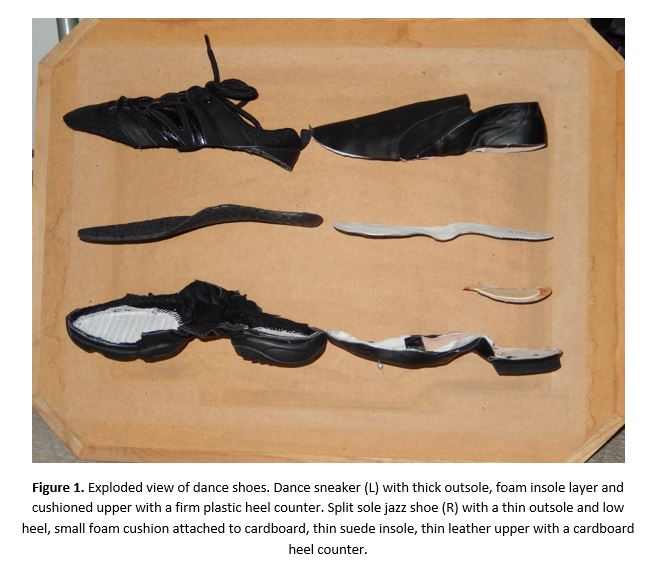
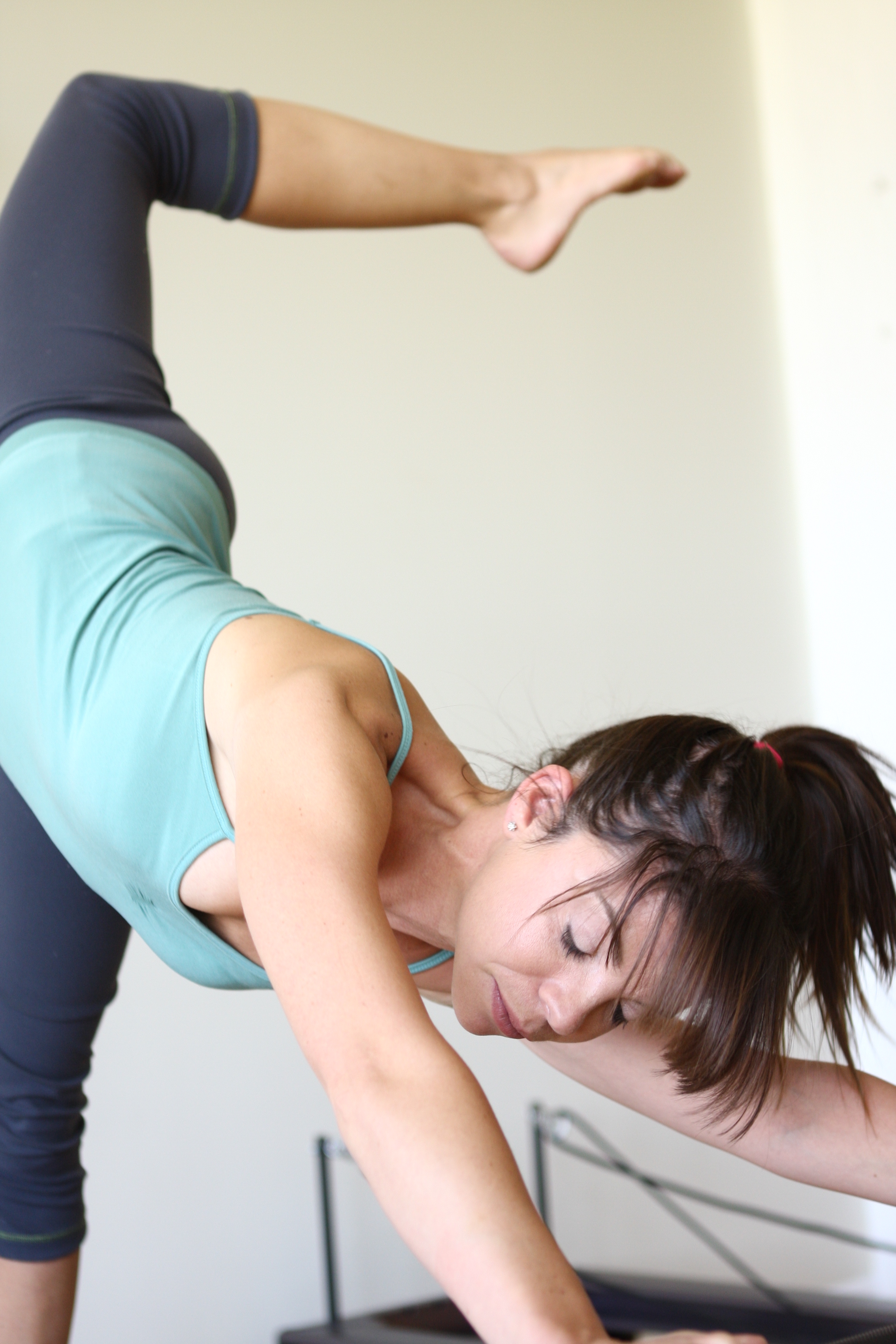
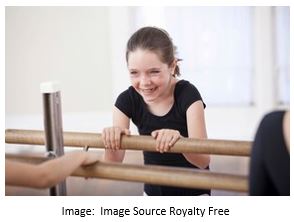
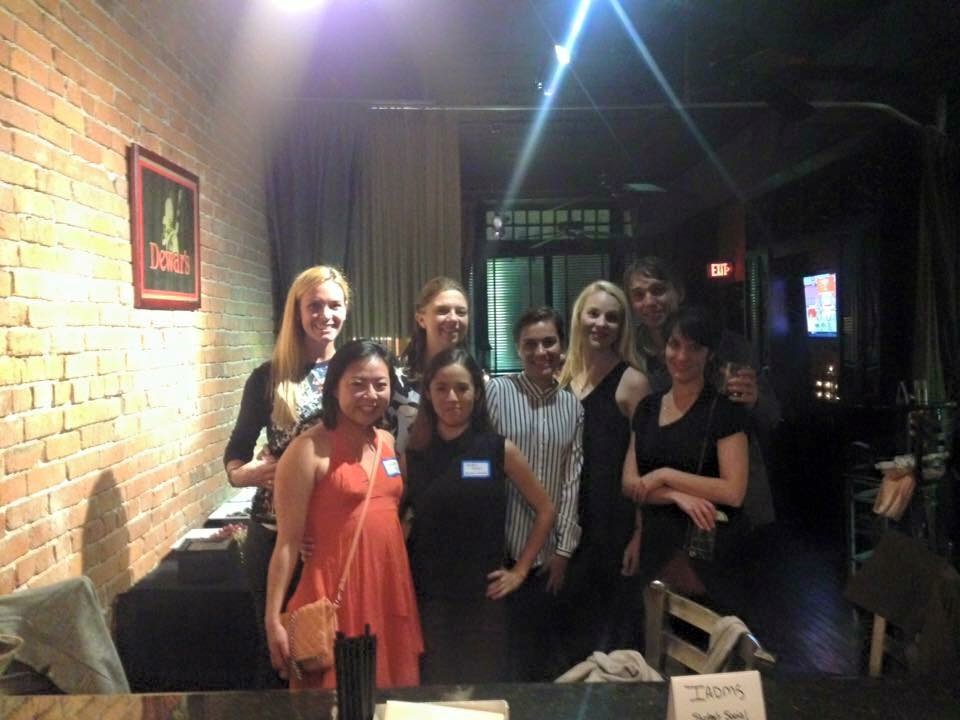
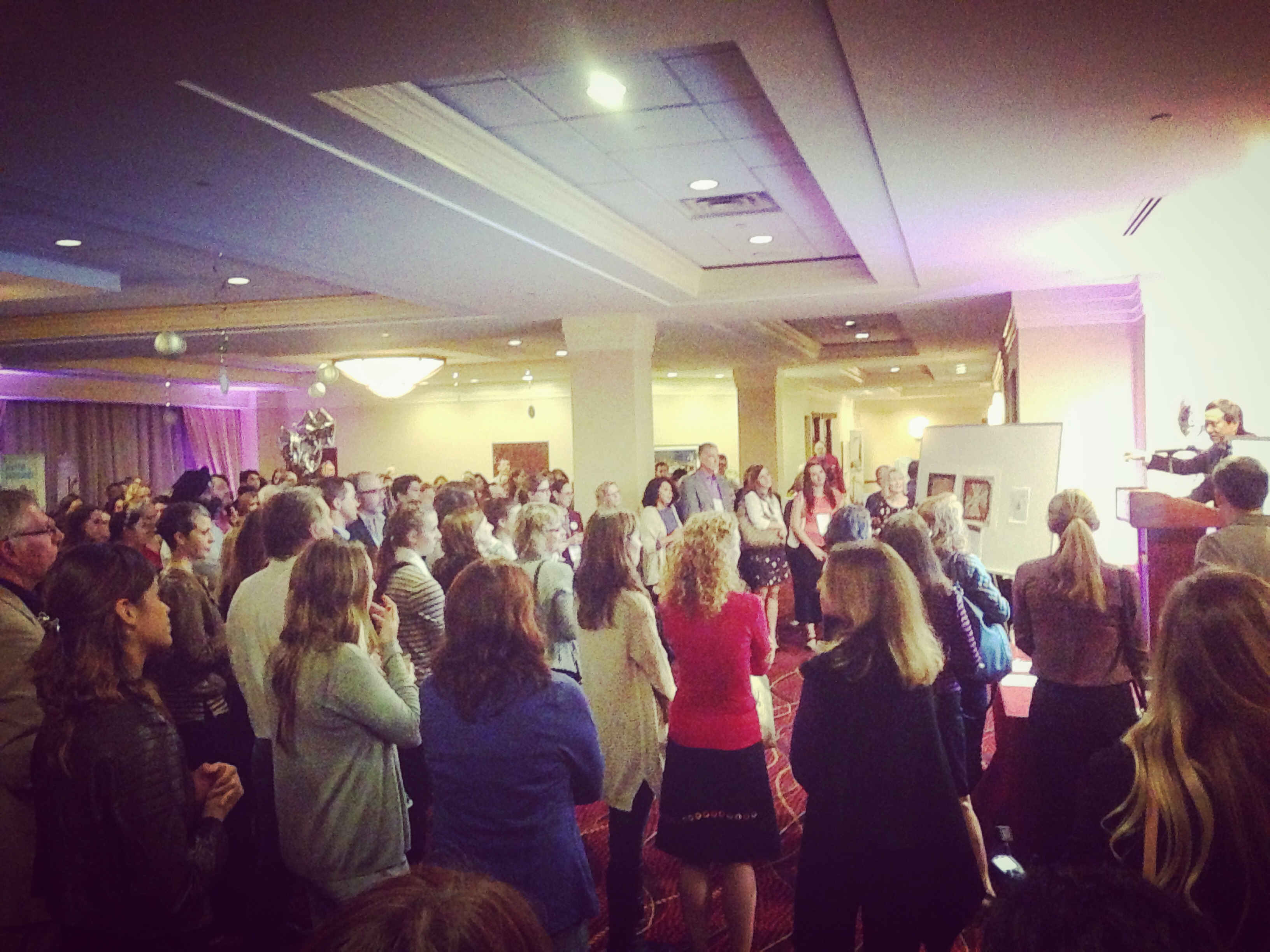



 BACK
BACK